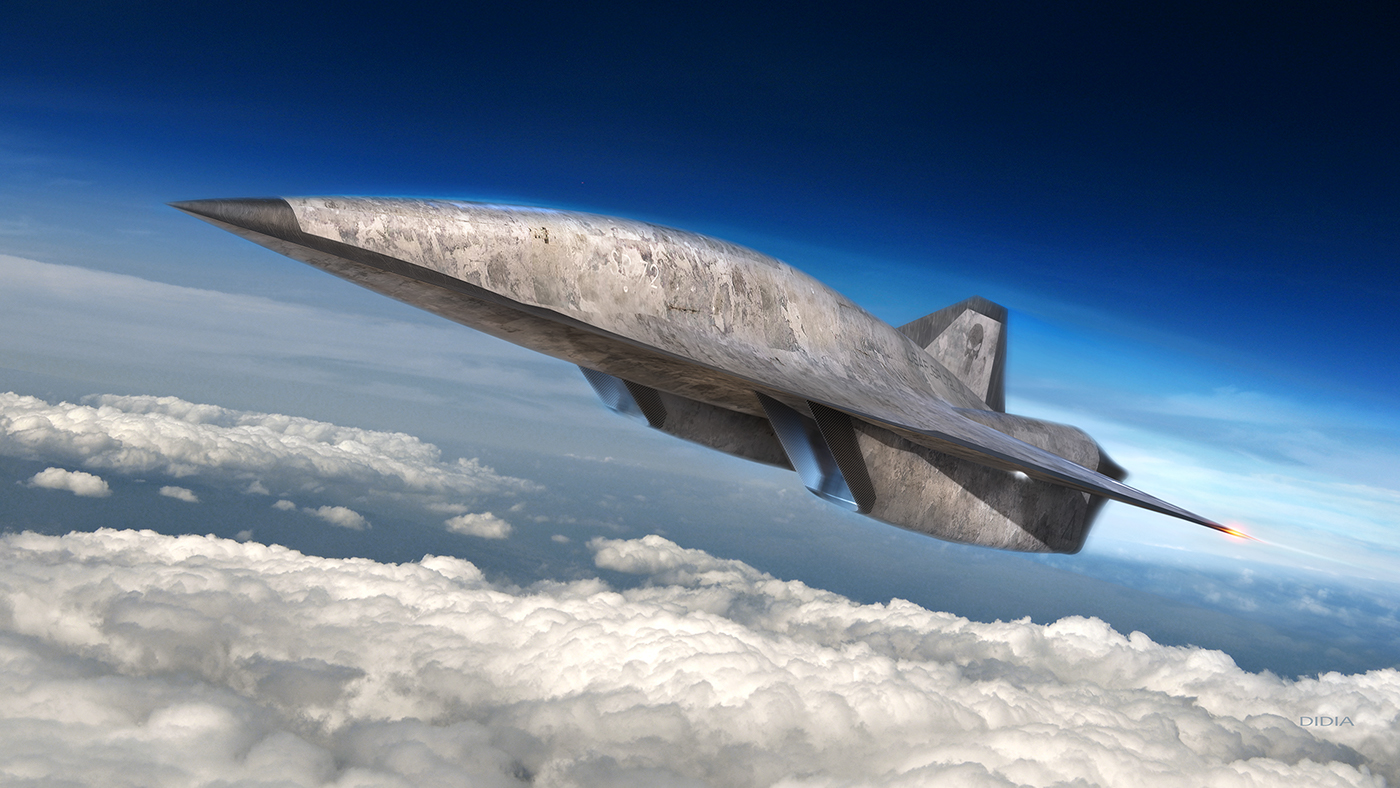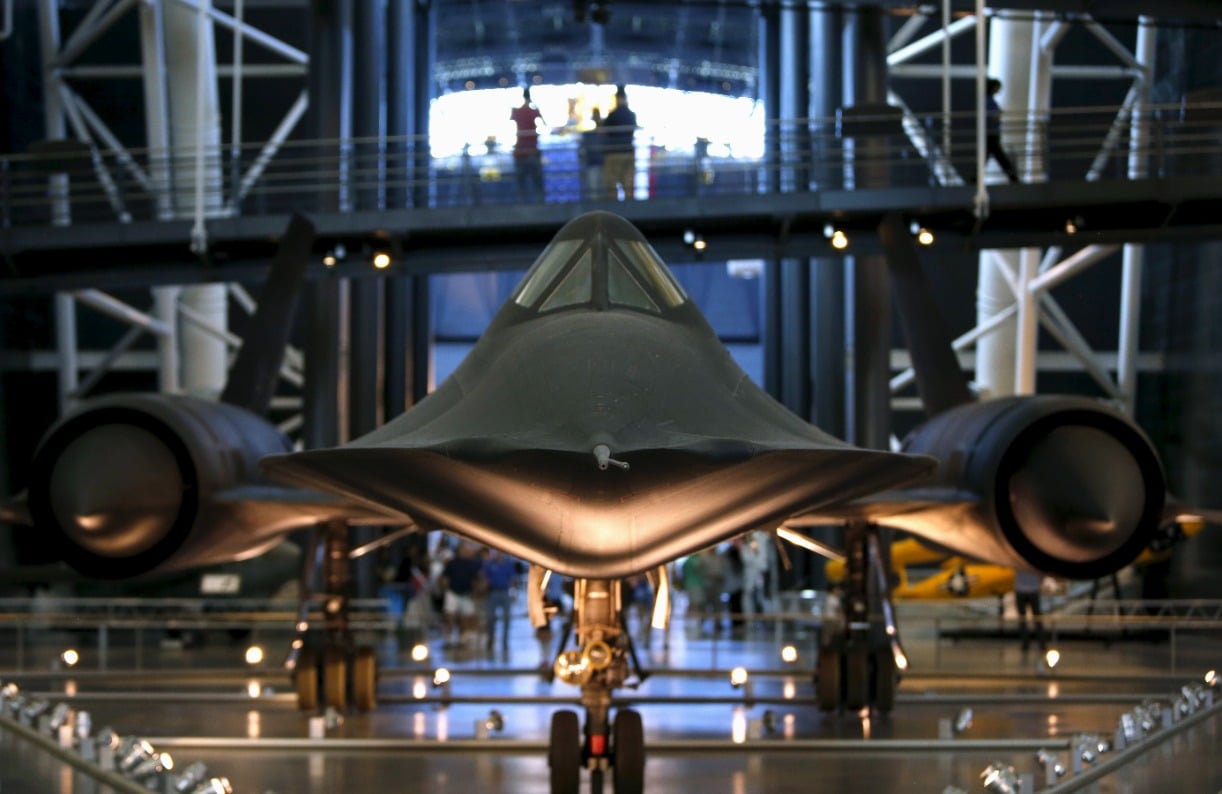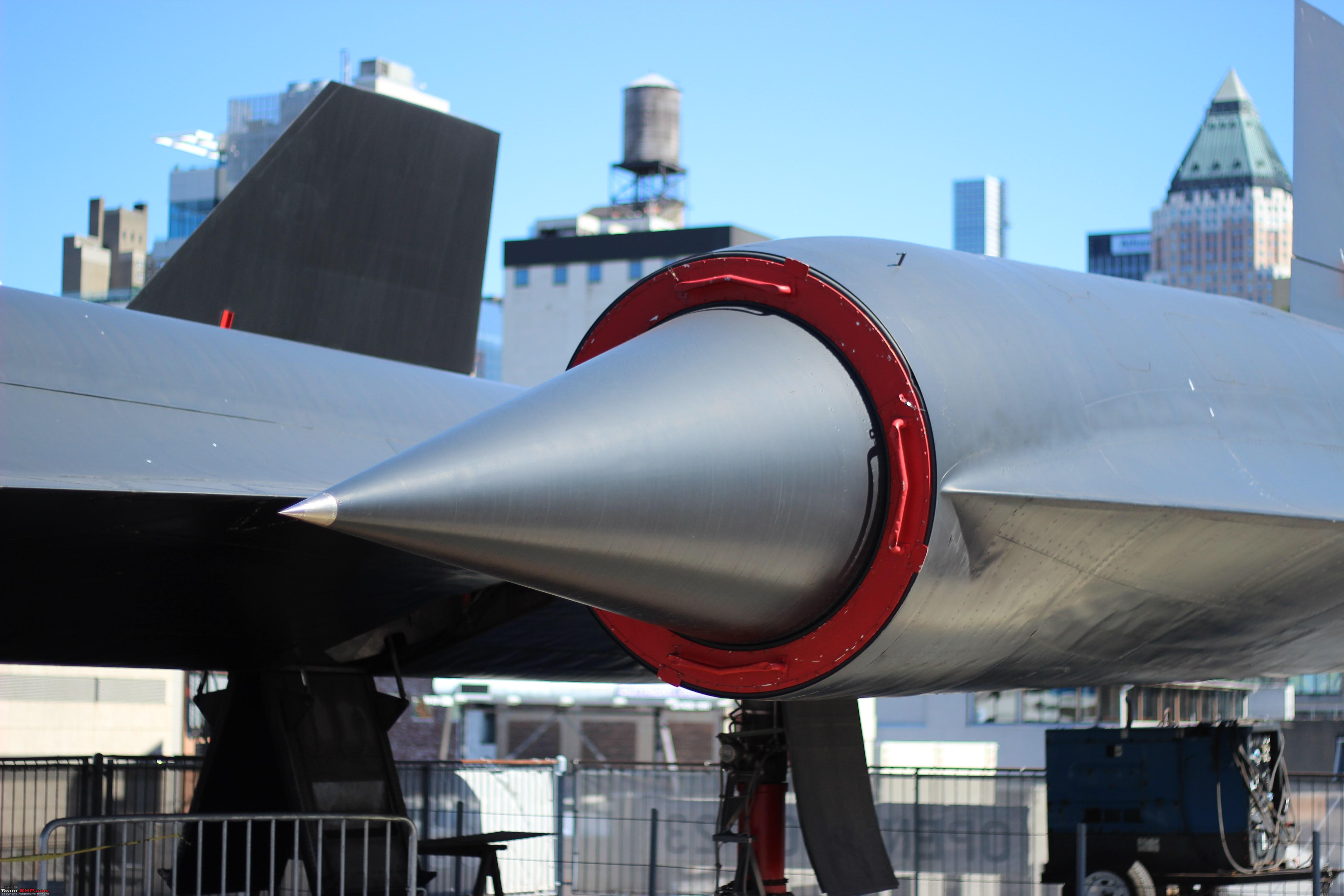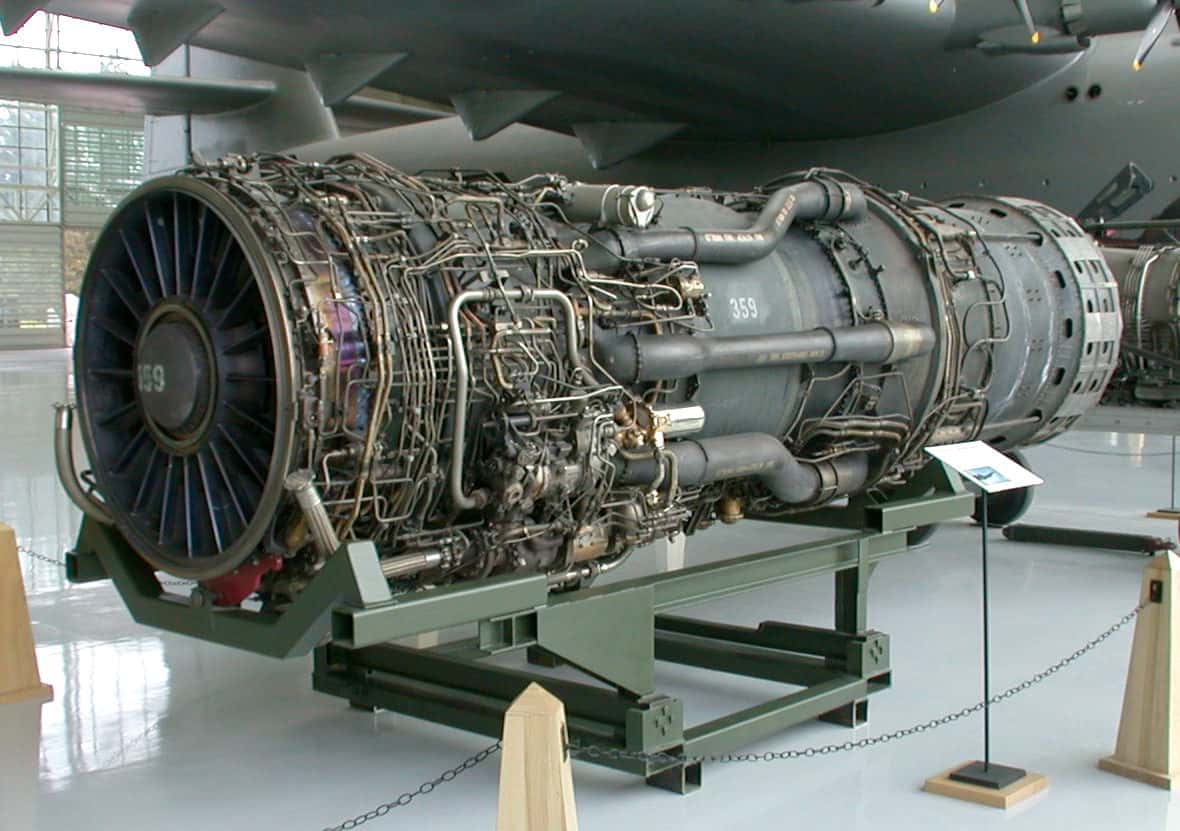Sr-71 Blackbird Successor - Lockheed SR-71 Blackbird is rightfully considered a legend. Best known as an unstoppable reconnaissance aircraft, it was considered the basis of fighters and was the second fastest manned aircraft in history.
He served in the US Army from 1964 to 1998 and with NASA until 1999. The SR-71 was developed from the A-12 OXCART (not related to the A-12 Avenger) and also performs high-speed reconnaissance.
Sr-71 Blackbird Successor

It was believed that satellites and drones could replace the SR-71. The problem is that satellites are predictable and too many aircraft lack performance or reliability. However, Lockheed's Skunk Works, which built the A-12/YF-12/SR-71 family, is currently developing the SR-72, which promises to be faster than the Blackbird.
America's Yf 12 Was An Sr 71 Armed With Air To Air Missiles
Lockheed noted that the SR-71 was designed by the slide rule on paper. Even without the benefit of advanced technology, the SR-71 did its job admirably.
However, the new SR-72 will use Falcon Hypersonic Technology Vehicle 2 technology, which will allow it to fly at speeds in excess of 6 mph. HTV-2 was shot down in flight on May 20.
According to a report by Popular Mechanics, the SR-72 will also perform attack missions. The exact weapon is not known at this time, but Aviation Week and Space Technology reported plans to build a "flying research vehicle" in the early 2020s and have a full-scale version operational in the 2030s.
The lucky pilots who fly these planes don't need the bulky suits worn by Blackbird pilots. Because the original plan was for the SR-72 to be a drone. The Lockheed A-12 is a high-altitude Mach 3+ reconnaissance aircraft built by Lockheed's Skunk Works for the US Central Intelligence Agency (CIA). Created by Clark "Kelly" Johnson. The aircraft was designated the A-12, the twelfth in a series of internal design attempts for the aircraft's internal code name, "Archangel". It was selected as the winner of Project GUSTO in 1959 over Convair's Fish and Kingfish designs and was developed and operated by Project Oxcart.
Lockheed Martin's Skunk Works Reveals Blackbird Successor In Exclusive Interview With Penton's Aviation Week
CIA officials initially favored the Convair design because of its small radar cross section, but the A-12 had slightly better specifications and a much lower estimated cost. The performance of each company was crucial. Convair's work on the B-58 was marred by delays and cost overruns, but Lockheed produced the U-2 on time and on budget. Lockheed also has experience managing "black" projects.
The A-12 was produced from 1962 to 1964 and flew from 1963 to 1968. The US Air Force's two-seat YF-12 prototype interceptor, the M-21 launcher for D-21 aircraft, and the SR-71 Blackbird, a slightly longer variant capable of heavier fuel and camera loads. The A-12 began flying in 1967 and its final mission was in May 1968. The program and the plane were canceled in June. The program officially opened in the mid-1990s.
A CIA officer later said: "Oxcart was chosen from a random list of Codhams to assign this R&D and later all work on the A-12. The aircraft itself was named after that."

After the CIA's Project Rainbow failed to reduce the radar cross section (RCS) of the U-2, preliminary work began at Lockheed in late 1957 to develop a follow-up aircraft to fly over the Soviet Union. Designer Kelly Johnson recalls, “I remember having a long discussion with [CIA Deputy Director of Planning] Richard Bissell in April 1958 about whether there should be a follow-up U-2 aircraft. We... we need one more round. Before aircraft scouting becomes obsolete.'
Boeing Unveils Conceptual Hypersonic Jet Design To Replace The Sr 71
In Project Gusto, the design was nicknamed "Archangel" after the U-2 program known as "Angel". As aircraft design evolved and configurations changed, Lockheed's internal designation changed from Archangel-1 to Archangel-2. These developing design names soon became known as "A-1", "A-2", etc.
The design reached the A-11 stage, where the program was reviewed. The A-11 competed with Convair's offering, the Kingfish, which had nearly identical performance. However, the Kingfish includes a number of features that significantly reduce the RCS in favor of the board. Lockheed responded with simple upgrades to the A-11, adding two angled pins instead of one right-angle pin and adding several areas of non-metallic material. This became the A-12 design. On January 26, 1960, the CIA ordered 12 A-12 aircraft.
Because the A-12 was so far ahead of its time, it had to incorporate many new technologies, especially for the Oxcart project, some of which were in everyday use. One of Guinea's biggest challenges was working with Titan.
In his book Skunk Works: A Personal Memoir of My Years at Lockheed, B Rich writes: “Our supplier, Titanium Metals Corporation, had a limited supply of the precious alloy, so the CIA did a worldwide search and found third parties and shell companies. . , were buying base metals from the Soviet Union, one of the world's major exporters. The Russians never noticed how they were actually contributing to the construction of the planes that were rushed into construction to spy on their homeland.
Aca12448 1:72 Academy Sr 71 Blackbird
Prior to the A-12, titanium was used only for high-temperature exhausts and other small components (such as wings) that were directly involved in supporting, cooling, or shaping the aircraft's hot spots. the front edge. However, the A-12 is mostly made of titanium. Titanium is very hard and difficult to machine, making it difficult to form curves with available techniques. This made it difficult to form a surface similar to the leading edge of the wing. A solution was found by machining only a small "fillet" of material into the required shape and gluing it to a more linear main frame. A good example is in the wings. The main framework of spars and stringers formed a grid, leaving triangular slots along the fillet-filled front edges.
Moving on to the A-12, another RCS refinement was achieved by replacing the fillets with a new radar-absorbing composite made of iron ferrite and silicon laminate. Both are combined with asbestos to absorb radar reflections and make the aircraft more stealthy.
After being developed and manufactured by the Skunk Works in Burbank, California, the first A-12 was moved to the Groom Lake Test Facility (Area 51).

It made its first (unofficial and unannounced) flight on April 25, 1962, piloted by Lockheed test pilot Louis Schalk.
Here's Everything We Know About Mach 5+ 'son Of Blackbird' Hypersonic Jet Design To Replace
The first official flight took place on April 30, 1962, and a subsequent supersonic flight on May 4, 1962 reached a speed of Mach 1.1 at 40,000 ft (12,000 m).
In 1962, the first five A-12 flights were initially powered by 17,000 lbf (76 kN) Pratt & Whitney J75 engines.
A-12s equipped with J75s each cruised at about Mach 2.0. On October 5, 1962, the A-12 flew one J75 and one J58 with the newly developed J58. Until early 1963, the A-12 flew the J58, and in 1963 this A-12, equipped with the J58, reached Mach 3.2.
Collins got out safely and donned a standard flight suit to avoid unwanted questions from the truck driver who had come to pick him up. He called the 51st Precinct from the Highway Patrol office.
X Men: 10 Things Fans Should Know About The Blackbird
The reaction to the accident showed the secrecy and importance of the project. In news articles and official records, the CIA referred to the aircraft as the Republican F-105 Thunderchief.
Two farmers were told the plane was carrying nuclear weapons to prevent them from approaching the crash site.
And the local police and passing families were sternly warned to keep quiet about the accident. Each received $25,000 in cash for this. Projects often used such cash payments to avoid outside inquiries into their operations. This project has been fully funded. Contract customers were generally paid $1,000 a month with free housing, and chefs in Las Vegas were on call 24 hours a day for steaks, Maine lobster, or any other request.

A total of 18 aircraft were built during the production run of the program. Of these, 13 were A-12s, three were prototype YF-12As for the US Air Force (under the unfunded OXCART program), and two were M-21 reconnaissance aircraft carriers. One of the thirteen A-12s was a dedicated trainer, with a second seat placed behind the pilot and raised to give the instructor pilot a forward view. Known as the "Titanium Goose," the A-12 trainer retained the J75 power plant for the life of the tire.
Sr 71 Pilot Trolls Bragging F 18 Pilot
Three more A-12s were lost in subsequent tests. On July 9, 1964, Article 133 crashed on final approach to the runway when its control servos froze at an altitude of 500 feet (150 m) and an airspeed of 200 knots (230 mph; 370 km/h). Begin a smooth, steady roll to the left. Lockheed test pilot Bill Park couldn't get over the role. approx
Sr 71 blackbird pilots, sr 71 blackbird poster, sr 71 blackbird model, sr 71 blackbird toy, sr 71 blackbird memorabilia, sr 71 blackbird history, sr 71 blackbird rocket, lego sr 71 blackbird, sr 71 blackbird shirt, diecast sr 71 blackbird, sr 71 blackbird books, revell sr 71 blackbird
0 Comments